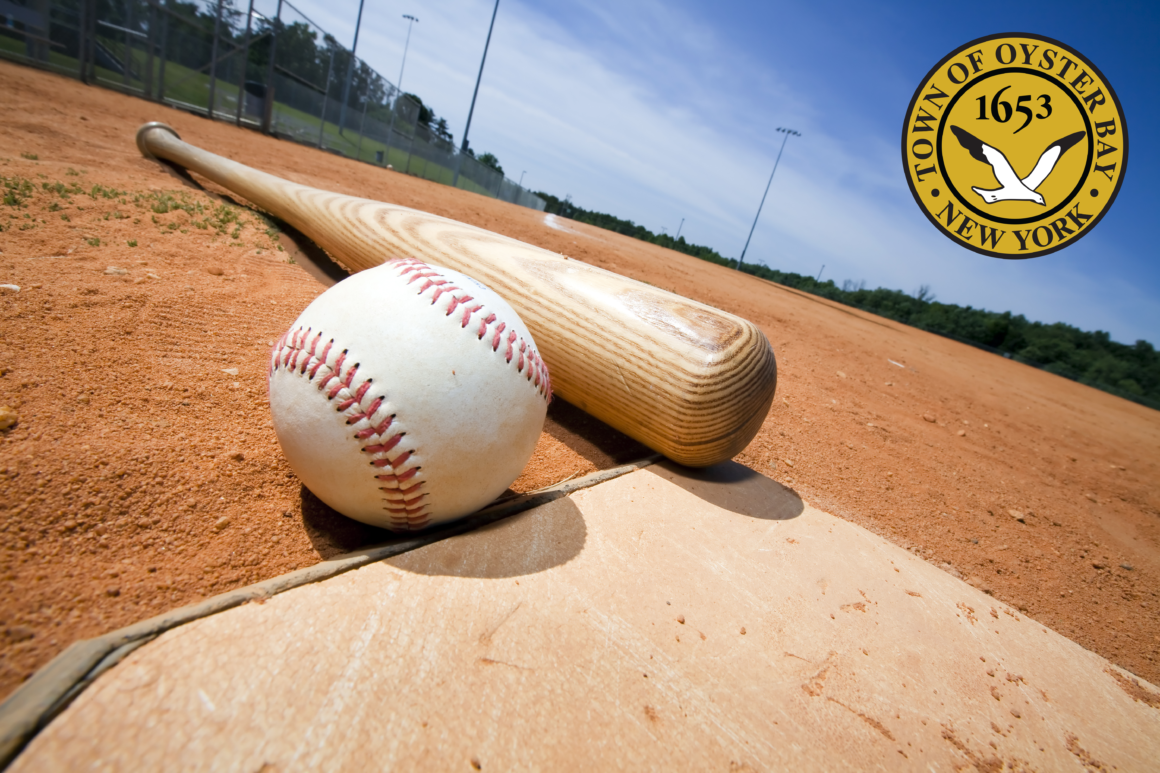Oyster Bay Town Supervisor Joseph Saladino and Councilman Tom Hand announce that upgrades will soon be made to various baseball fields in time for the spring 2021 season. Two fields at John Burns Park in Massapequa will receive significant improvements, including artificial turf replacement, before Little Leaguers return to the field this April.
“Safety upgrades are coming soon to baseball fields at John Burns Park in Massapequa,” said Supervisor Saladino. “To ensure the safety of little leaguers and others who use the fields, we are replacing worn out turf which poses as a tripping hazard for players. Thanks to diligence our Departments of Parks and Public Works, the most necessary improvements will be made in a cost-conscious manner while ensuring the fields are ready for the spring season.”
One baseball field, located at the front of the John Burns Park, will undergo a full infield replacement, while another, at the back of the park, will undergo construction of new side panels. The artificial turf at both of these fields is beyond its life capacity and therefore have worn out patches that could pose dangerous to players on the field. Renovations will begin as soon as weather permits, and be completed in time for the anticipated opening day of little league this April.
Councilman Tom Hand stated, “John Burns Park is so beautiful and the ballfields have gotten great use by the community. With significant use by local teams, the fields have gotten old and worn down over time. These improvements will bring a facelift to the fields, thereby improving safety for players and achieving the repairs in the most cost-effective way.”
Artificial turf fields have a useful life of approximately 8-10 years, however, they are less expensive than the long-term cost of maintaining natural grass and a dirt surface. Turf fields also provide the potential for fewer cancellations as the field us able to absorb rain storms in a manner that is not possible on a dirt infield. Turf replacement must be considered when loose inlays pose tripping hazards, fibers split and shred, and when inlays are worn out. When fields experience these issues, less cushion between the athlete and stone base underneath the turf. As players fall on the field, they are at a higher risk of injury and even concussion.

